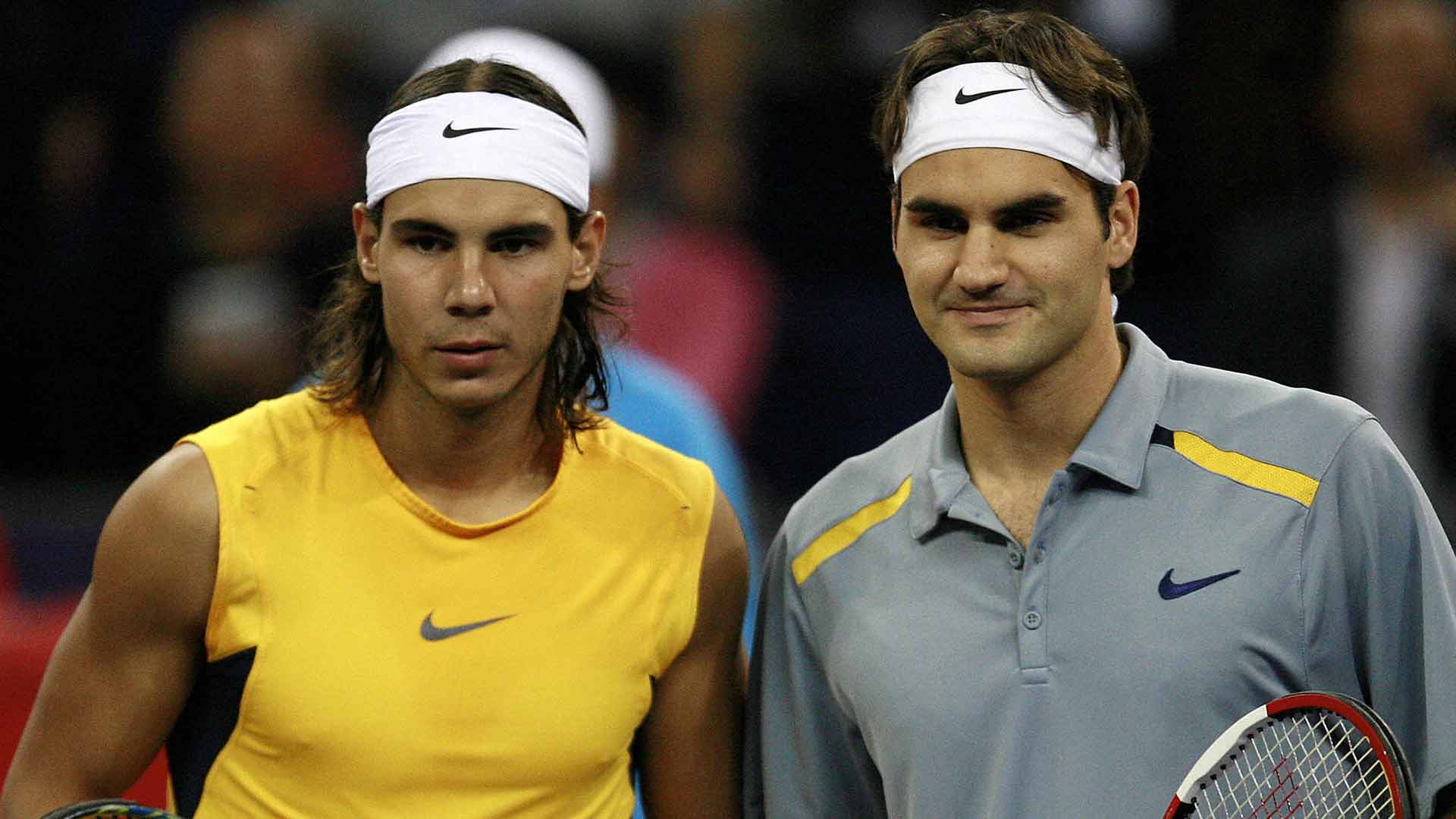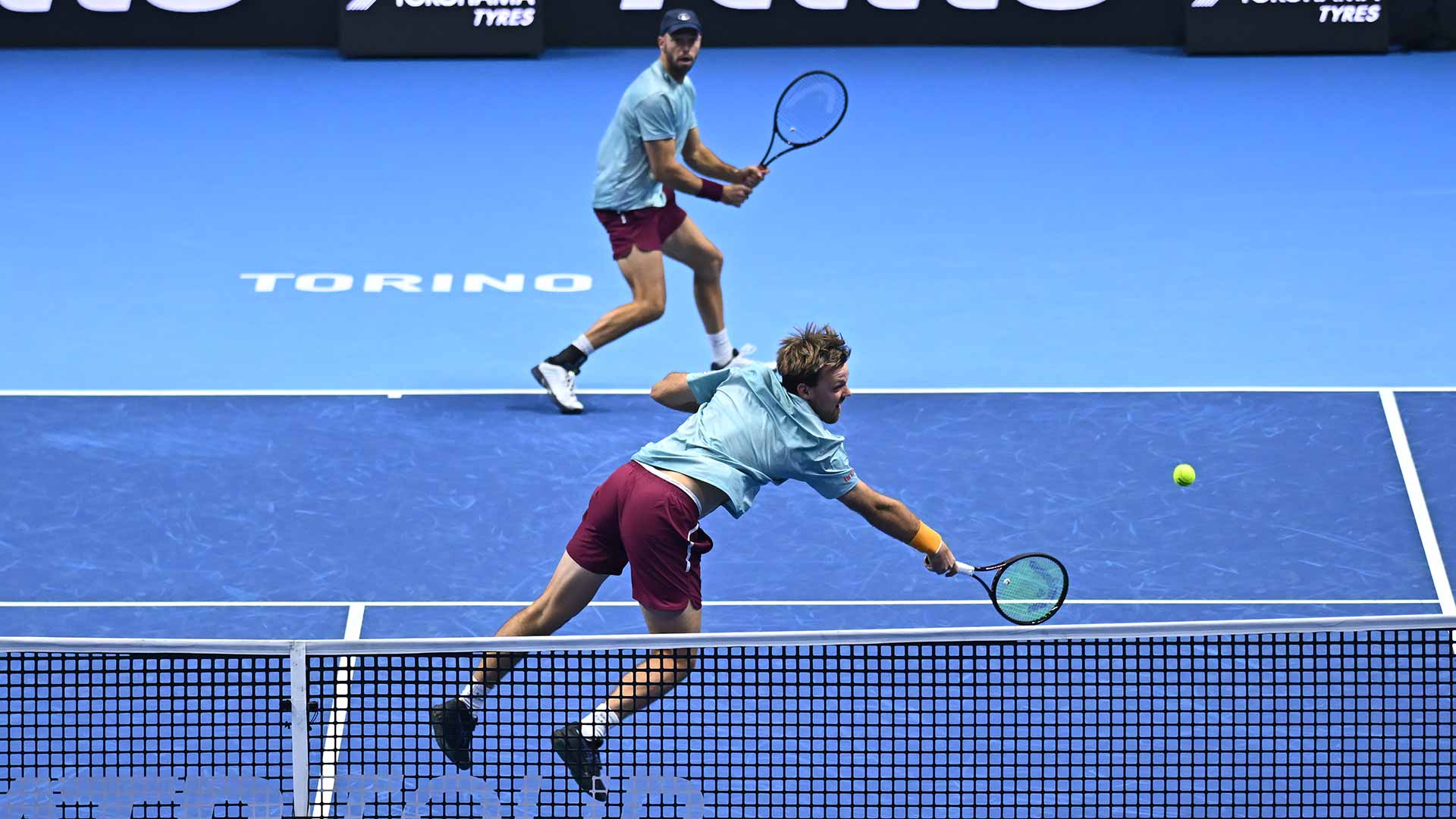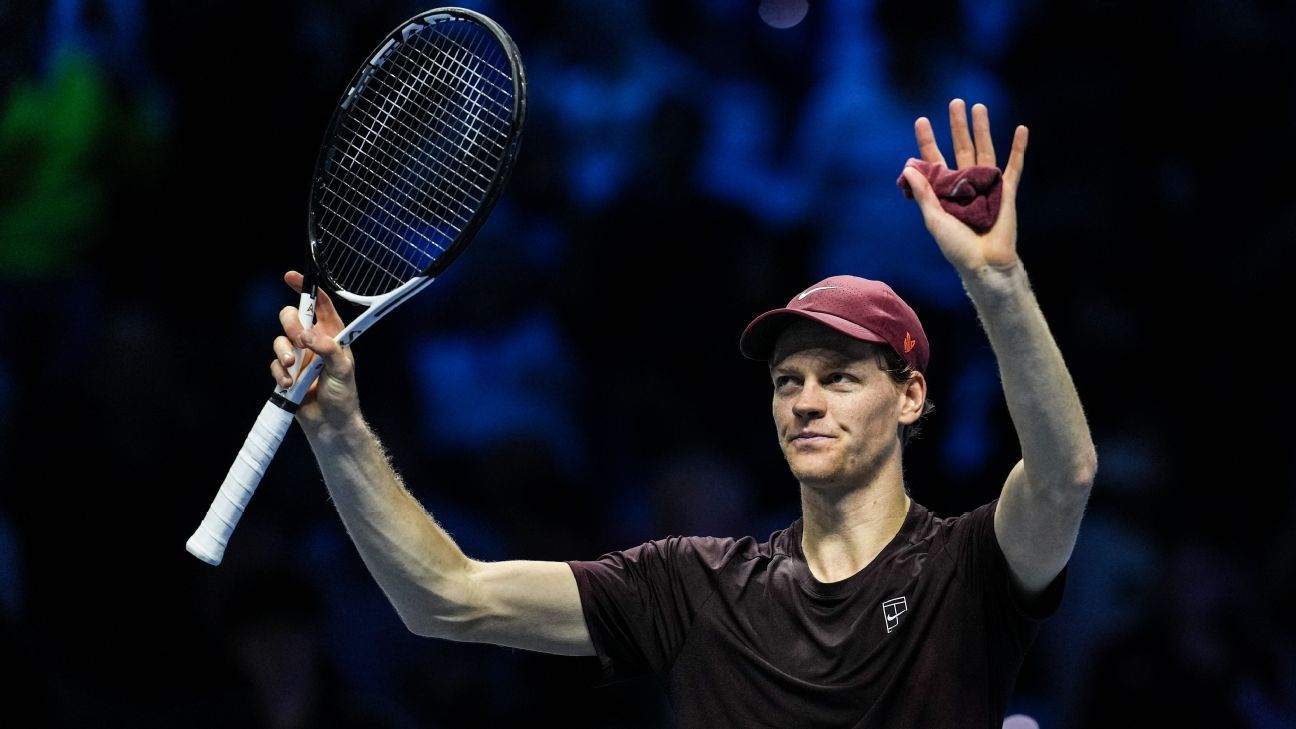Federer's Shanghai Reset in Nadal Rivalry
As Rafael Nadal's 2006 clay-court surge tested Roger Federer's supremacy, a hard-court semifinal in Shanghai delivered the Swiss star's emphatic response, reigniting his dominance at the season's end.

In the humming intensity of Shanghai's Qizhong Forest Sports City Arena, the 2006 Tennis Masters Cup semifinals crackled with the weight of a rivalry reshaping tennis. After meeting once in 2004 and twice in 2005, Roger Federer and Rafael Nadal ramped up their ATP Head2Head rivalry with six matchups during the 2006 season. Nadal won the first four of those meetings—finals at Dubai, Monte-Carlo, Rome and Roland Garros—before Federer snapped back with victories in the Wimbledon final and in the semis at the Nitto ATP Finals, then known as the Tennis Masters Cup.
Nadal's clay surge heightens stakes
The Spaniard's relentless topspin forehand had carved through Federer's game on the red dirt, forcing the world No. 1 into extended crosscourt exchanges that sapped his one–two rhythm of serve and inside-out forehand. Each defeat—Dubai's hard courts aside—built a psychological shadow, with Nadal's endurance turning Federer's precise attacks into labored defenses under the European sun. By autumn, the Swiss carried this tension into Shanghai, where the indoor hard courts promised a surface shift to favor his flatter strokes and quicker transitions.
Federer's 6-4, 7-5 win stamped his authority, breaking a streak of seven prior clashes where the loser claimed at least one set. He varied pace with backhand slices to pull Nadal forward, then unleashed inside-in forehands that wrong-footed the 20-year-old, the crowd's rising murmurs echoing the tactical pivot under the arena's bright lights.
"These are matches I'm waiting for, to beat the best who are coming after me," Federer said after the semi-final victory.
Semifinal surge unleashes emotion
The match's climax arrived on the final point, as Nadal lofted a drop shot only for Federer to charge and rip a forehand winner down the line, the ball skimming the sideline before he dropped to his knees in a rare burst of raw celebration. This outburst captured the relief after Nadal accounted for four of his five losses that year—the other from Andy Murray in Cincinnati—igniting a 29-match winning streak to close the season. Federer ended 2006 with a 92-5 record, his composure masking the internal fire that fueled this dominant straight-sets display.
With the lower bounce of the hard courts, he stepped inside the baseline to take Nadal's heavy balls on the rise, shortening points and disrupting the Spaniard's deep positioning that had thrived on clay. The victory not only eased the ranking pressure but reasserted Federer's all-court edge, the arena's energy pulsing with each hold as he built leads through urgent footwork and varied serves to the body.
"It was a good feeling, usually I only have that for finals," said the Swiss. "I rarely finish my matches like this so it was nice."
Title run cements year-end reign
Propelled forward, Federer dismantled James Blake in the final, 6-0, 6-3, 6-4, his serve-volley forays and backhand slices keeping rallies crisp on the indoor surface. This triumph marked his third Tennis Masters Cup trophy, part of an eventual six, symbolizing a pivot from defender to dominator against Nadal's rising threat. As the year closed, Shanghai's hard-court lessons lingered, priming Federer for future battles where surface savvy would define their evolving chess match across the tour.


